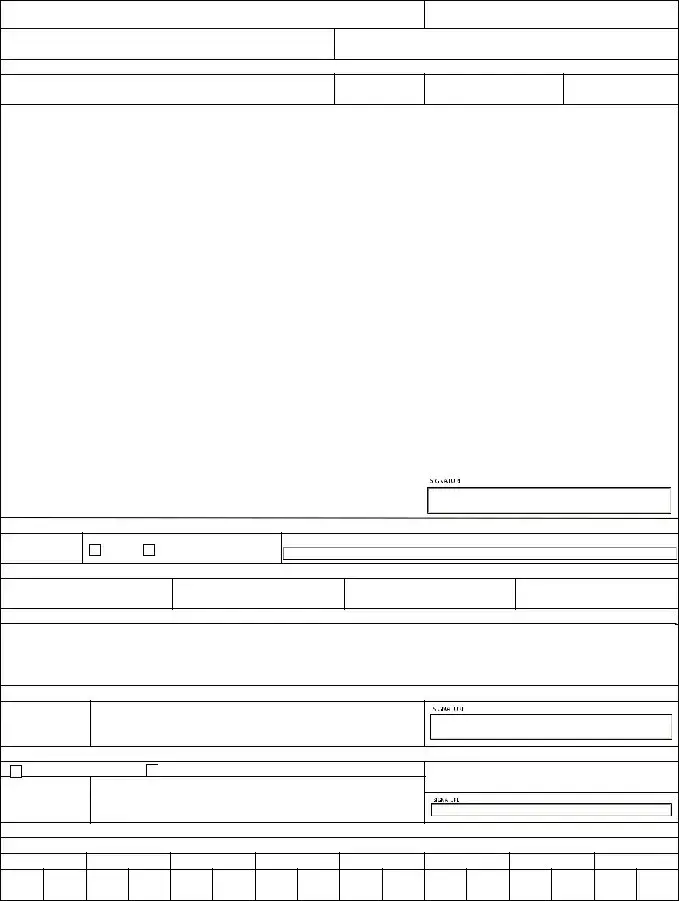What is the purpose of the Af Imt form?
The Af Imt form is primarily used to record and manage personnel actions within the military. This includes details about on-the-job training, changes in Air Force Specialty Code (AFSC), awards, and various personnel data updates. It is essential for tracking the career progression and training of airmen, ensuring that all changes and actions related to personnel are documented appropriately.
Who needs to fill out the Af Imt form?
This form is typically filled out by personnel officials, supervisors, or requesting officials who are knowledgeable about the individual's training and service record. Additionally, the airman whose details are being updated must also review and provide concurrence on the information, indicating their agreement with the changes being made.
What information is required on the Af Imt form?
The form requires various pieces of personal identification data, including the individual's name, grade, and Social Security Number (SSN). It also includes sections for updating information related to AFSC, on-the-job training, proficiency pay, and any other necessary personnel changes. Sections for command approvals and remarks ensure that the actions taken are properly sanctioned and documented.
What happens after the submission of the Af Imt form?
Once submitted, the Af Imt form undergoes a review process. It must be approved by the appropriate commander or authorized representative. After approval, personnel officials will document the action either as approved or disapproved. The information recorded on this form remains in effect, ensuring that all updates reflect accurately in the service member's record even after discharge and reenlistment, provided there is no break in service.
Are there any privacy considerations associated with the Af Imt form?
Yes, the Af Imt form contains sensitive personal information and is classified as Controlled Unclassified Information. It falls under the guidelines established by the Privacy Act of 1974, which mandates that all information must be protected. Individuals handling this form should ensure that the data is kept confidential and used only for the purposes intended in line with military regulations.

